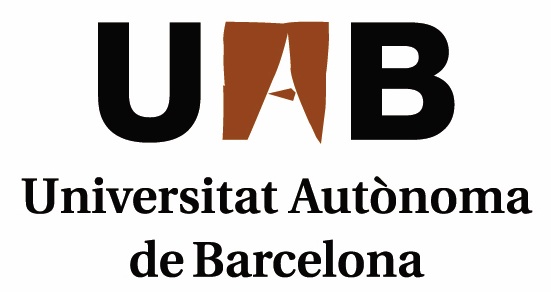
|
 |
 |
Con el
patrocionio de la Universidad
Autónoma de Barcelona
|
Language Design is an academic journal that publishes linguistic research on relevant aspects of the design of natural languages. One of the principal objectives of Language Design is to foment debate and to integrate knowledge about the nature of language in general, and also the unity and diversity of particular languages. It is hoped that this will, in turn, contribute to a clearer and more cohesive vision of the emergence and evolution of natural languages, as well as their relations with other aspects of our environment.
The study of language design stems from the belief that natural language emerges and develops as a result of the conjunction, articulation, co-operation, and competition of elements and pressures, which move in cycles of permanent reorganization, and which are capable of eventually producing highly structured codes of communication.
One of the underlying principles of Language Design is the presupposition that the multiple structures and linguistic features found in different languages, in reality, constitute a set of solutions taken from a complex, though not infinite, range of possibilities, product of the interaction, clash, and compromise of many different types of factors (ontological, biological, psychological, cognitive, sociocultural and historical). Each of these factors can potentially determine design features in language through simultaneous interaction with the competing pressures and demands of other factors
In consonance with this, the different languages of the world are both products and instruments, which have emerged from the same basic conditioning and as such, are subject to the same morpho-genetic forces. In this light, the differences between languages are due more to the existence of a wide range of possible variations within the basic framework of natural language than to the pressures of economic evolution and cultural specificity. The various systems and structures manifest in different languages are thus variants within a very similar design process.
As a forum of debate, the aim of this journal is to integrate recent advances in linguistics from a wide variety of different areas, such as historical linguistics, language typology, language acquisition, grammaticalization, etc. This naturally includes any study of the different aspects and areas of language (phonology, morphology, syntax, lexicology, semantic discourse analysis, pragmatics, sociolinguistics) which will help to elucidate language architecture. In conclusion, Language Design welcomes research articles from all theoretical viewpoints and methodological perspectives. The principal criterion for acceptance is that all articles should contribute in some way to furthering the understanding of the nature of language and its design features.
The Editors